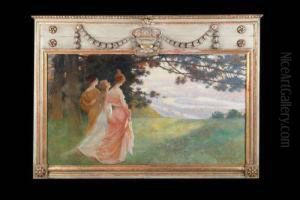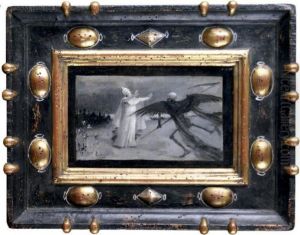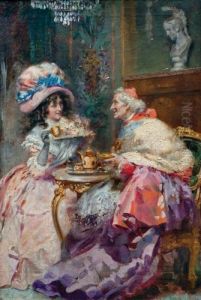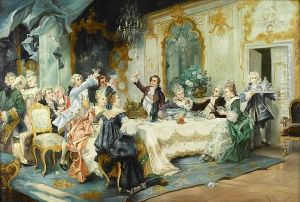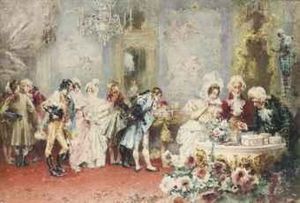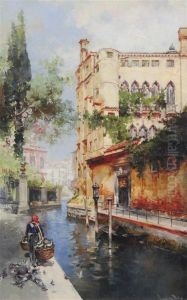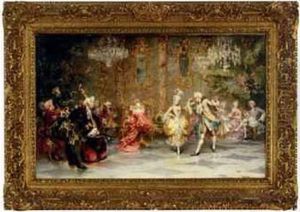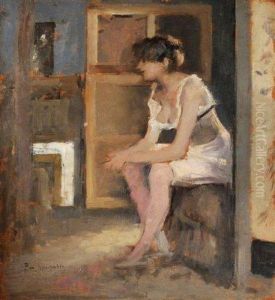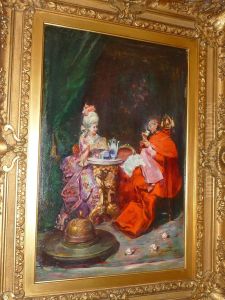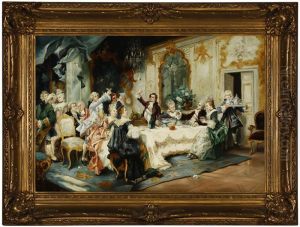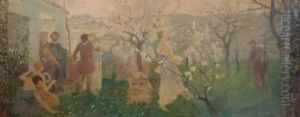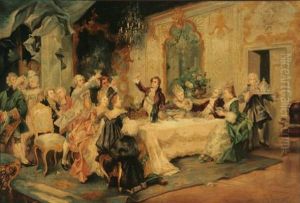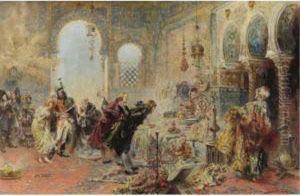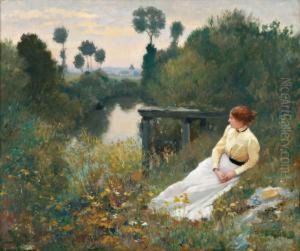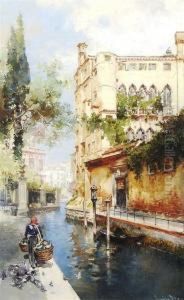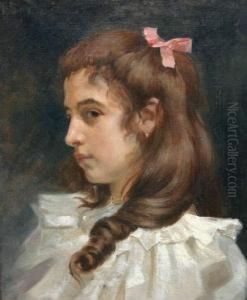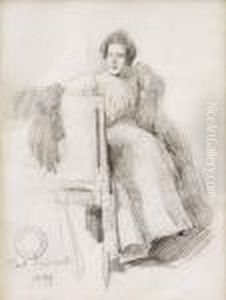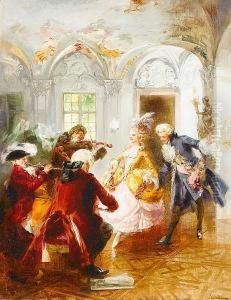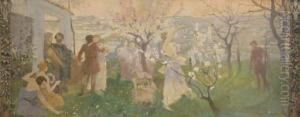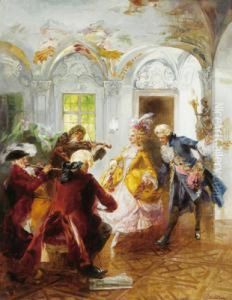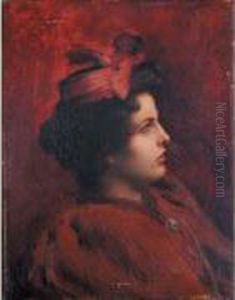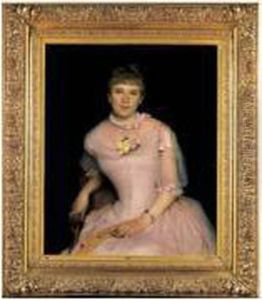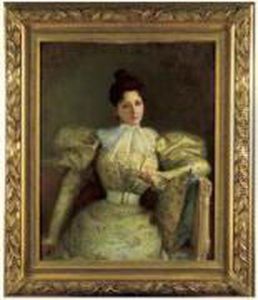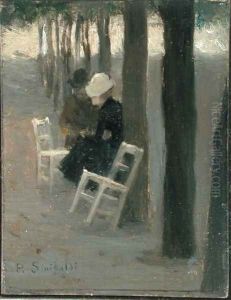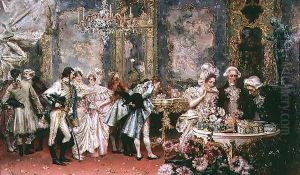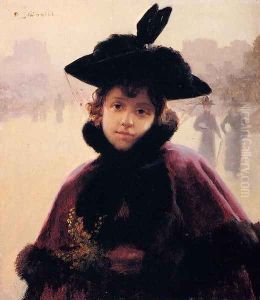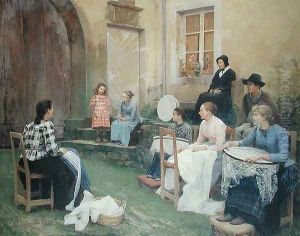Jean Paul Sinibaldi Paintings
Jean Paul Sinibaldi was a French painter known for his genre scenes, landscapes, and portraits. Born on August 29, 1857, in Paris, France, Sinibaldi was part of the third generation of a family of artists. He displayed artistic talent from an early age and was encouraged to pursue his passion for painting.
Sinibaldi studied under well-known artists such as Léon Bonnat and Jean-Léon Gérôme, two prominent French painters of the time. Under their tutelage, he honed his skills and developed a style that reflected the academic art traditions of the 19th century, often characterized by its focus on realism and historical subjects.
Throughout his career, Sinibaldi exhibited his work at the Paris Salon, an official art exhibition of the Académie des Beaux-Arts in Paris. He received recognition and accolades for his work, including a third-class medal in 1889 and a bronze medal at the Exposition Universelle the same year. These achievements contributed to his growing reputation as a skilled painter.
Sinibaldi's paintings often depicted serene and idyllic scenes, drawing inspiration from his travels across the French countryside and Italy. He was particularly adept at capturing the soft, diffuse light of the Mediterranean, which became a defining feature of his landscapes and outdoor scenes.
Beyond landscapes, Sinibaldi was also noted for his genre paintings that captured moments of everyday life with a sentimental or romantic quality. His portraits, while less known, displayed his ability to capture the character and essence of his subjects with sensitivity and finesse.
Jean Paul Sinibaldi's work has been collected and exhibited in various museums and galleries, contributing to the preservation of his legacy within the canon of French art. He passed away on December 20, 1909, leaving behind a body of work that continues to be appreciated for its beauty and craftsmanship.
